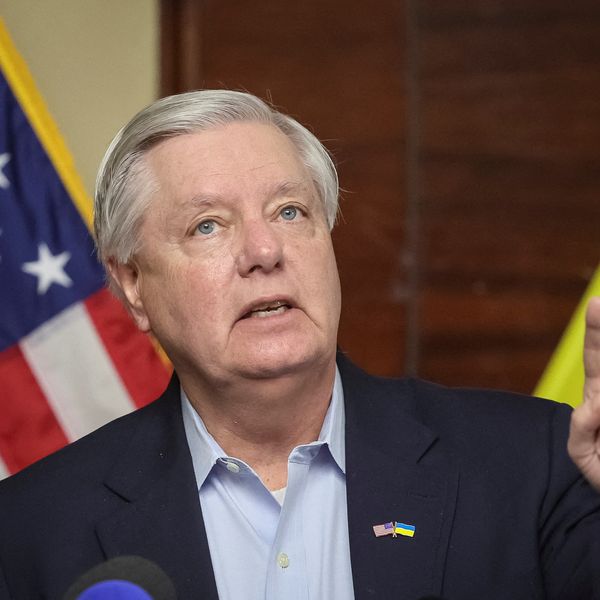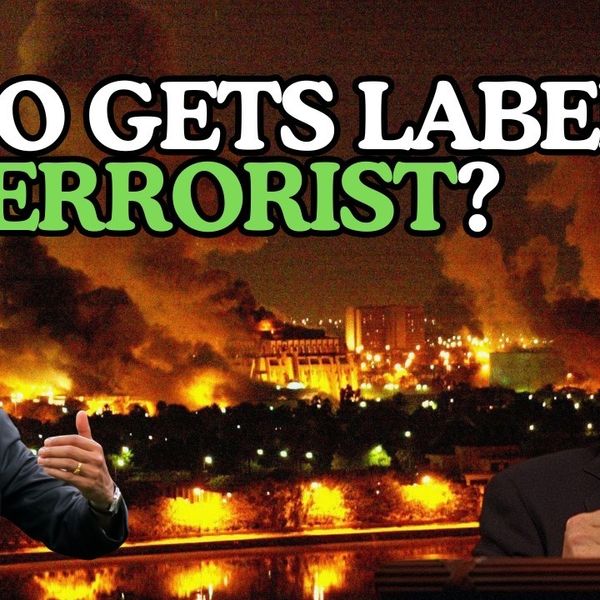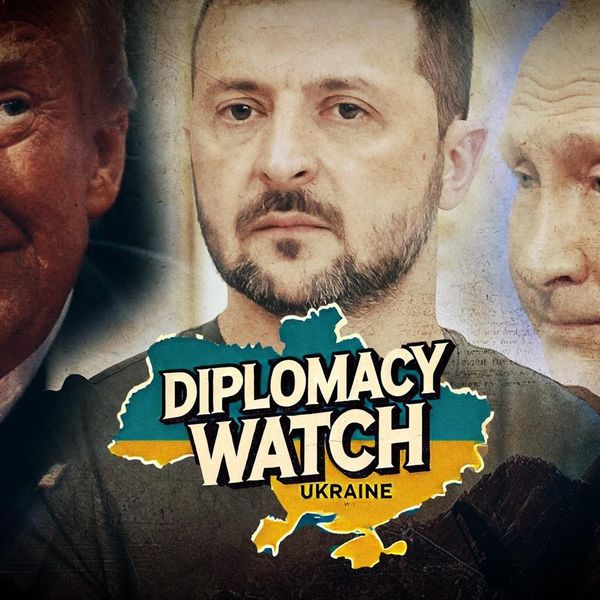President-elect Joe Biden is high on alliances. Earlier this year he declared: “As president, I will take immediate steps to renew U.S. democracy and alliances.” For Biden, ensuring that other nations let us protect them is as important as improving America’s political life.
This year spawned a rash of articles and books on alliances, as members of the Washington Blob sought to counter President Donald Trump’s dismissive treatment of the Europeans, in particular. Alliances are “one of America’s greatest strategic assets,” declared Ash Jain and Alex Pascal, of the Atlantic Council and Carnegie Endowment, respectively.
In fact, Trump’s hostility was almost purely rhetorical, with little practical effect. His own officials actually deployed more money and personnel overseas as NATO officials played him brilliantly, portraying military spending increases begun in 2014 after Russia’s intervention in Ukraine as a result of his demands.
Nevertheless, in his ever-maladroit way, the president grasped an essential truth. Alliances can be beneficial, but America’s alliances have shifted from ensuring security to providing welfare.
Consider the North Atlantic Treaty Organization, the oldest and most venerated defense pact. Officials in both Washington and Brussels swoon at the mere mention of NATO. Trump’s criticism triggered frenzied pearl-clutching throughout armed forces, foreign ministries, think tanks, defense contractors, military missions, foreign embassies, editorial pages, and legislative offices throughout the U.S. and Europe. NATO’s acolytes neared a collective mental breakdown.
One would have thought it was 1950 again. That world — an aggressive Soviet Union, a newly triumphant People’s Republic of China, a war-damaged Europe — required an American defense shield for the continent as a matter of U.S. interest. That is, to prevent totalitarian domination of Eurasia, essentially the same goal, with somewhat different parties, as that for the wartime alliance.
Today, the world is completely different. Europe vastly overshadows Russia, which itself possesses only a fraction of the Soviet Union’s resources and power. The Europeans collectively have 11 times the GDP, four times the military outlays, and three times the population of Russia. Italy alone matches the Russian economy; the United Kingdom alone spends almost as much on the military.
In short, Europe could defend itself if it chose to do so. It does not, however, because it need not. Washington insists on doing so. Indeed, though U.S. officials long have whined about inadequate European military spending, they also have gone out of their way to “reassure” Europe that America will always defend the continent, no matter what. What rational European politician would push an expensive and politically unpopular military build-up that is manifestly unnecessary?
That doesn’t mean NATO is of no value to the U.S. Rather, the alliance as presently constituted is a burden. Washington has encouraged continental dependence by insisting on handling Europe’s responsibility to defend itself and surrounding areas. Even countries along Russia’s border devote barely two percent of GDP to the military. Is their independence really worth only two cents on the Euro?
The Balkans and Mediterranean also are Europe’s responsibility: imagine the U.S. calling for European assistance in patrolling the Caribbean. Americans, overburdened at home and elsewhere in the world, should not be expected to defend where Europe can and should defend itself.
Instead, the U.S. should insist on refashioning its role so the pact covers areas of mutual need where cooperation strengthens all parties. Possibilities include cyber-warfare, China, the Middle East, and Central Asia. Responding to “out-of-area” contingencies would make sense if responsibilities were fairly shared and doing so was actually in all parties’ interest, unlike nearly two decades of failed nation-building in Afghanistan.
America’s Asian alliances are similar. The “Mutual” Defense Treaty with South Korea was inked in 1953, mostly as an inducement to get South Korean President Syngman Rhee, who wanted the U.S. to continue fighting for reunification, to agree to the armistice. But the pact also had a legitimate security purpose. Without an American guarantee and garrison the Republic of Korea would not long have survived.
That world, too, has disappeared. Today the South enjoys a more than 50-1 economic advantage and 2-1 population edge over the DPRK. Can we not ask why the U.S. is still defending the ROK with conventional forces? The North’s nuclear program poses a unique challenge, but also reflects the threat to North Korea posed by America’s military presence and oft-stated desire for regime change.
There is much talk these days about broadening the alliance. However, cooperation on other issues does not justify what amounts to defense welfare. An American security guarantee is not necessary for the North and South to work together on shared interests. Moreover, U.S. policymakers should not fool themselves as to the ROK’s willingness to mount military operations against China: no South Korean president will make his country a permanent enemy of the nearby colossus with a long memory to advance another nations’ interests.
The enervating impact of Washington’s insistence on fulfilling other nations’ responsibilities is evident with Japan and its similar “Mutual” Defense Treaty. The U.S. had little choice but to take over Tokyo’s defense responsibilities after imposing the “peace constitution” on its defeated enemy after the Second World War, but that policy makes no sense today.
Indeed, Japan is responsible for one of Asia’s potential tripwires for war, the disputed Senkaku/Diaoyu Islands. With the world’s third largest economy, Tokyo could do much more for its own defense, but refuses to abandon its informal one percent per GDP spending limit. What it spends for its own security is, of course, its decision, but there is no reason for Americans to step in where the Japanese refuse to go.
Again, a cooperative relationship, including over potential challenges in the Asia-Pacific, makes sense for both sides. But not an alliance which is predicated on Washington’s treatment of Tokyo — which only recently decided it could aid American forces tasked with its defense — as a permanent defense dependent.
At their worst, alliances turn peripheral interests of irresponsible allies into potentially existential challenges to America. Last year, after a Chinese ship rammed and sank a Filipino fishing boat in contested waters, Philippines President Rodrigo Duterte announced: “I’m calling now, America. I am invoking the RP-US pact, and I would like America to gather their Seventh Fleet in front of China.” He added: “When they enter the South China Sea, I will enter. I will ride with the American who goes there first. Then I will tell the Americans, ‘Okay, let’s bomb everything.’”
This “alliance” commitment, which Washington chose to ignore, is radically unbalanced and dangerous for the U.S.
It was with good reason that George Washington famously urged the early Americans to “steer clear of permanent alliances,” have with other states “as little political connection as possible,” and not “entangle our peace and prosperity in the toils” of other nations’ “ambition, rivalship, interest, humor or caprice.” Circumstance-bound agreements, such as France’s support for the American colonies, served the interests of both parties. But not endless alliances, which, like endless wars, undermine American security.
Although the incoming administration should seek better relations with allies, it also should refashion America’s many defense pacts to reflect the changed world and America’s changed interests. Ultimately, the departing president was correct in arguing that America’s security commitments should put “America first.”















